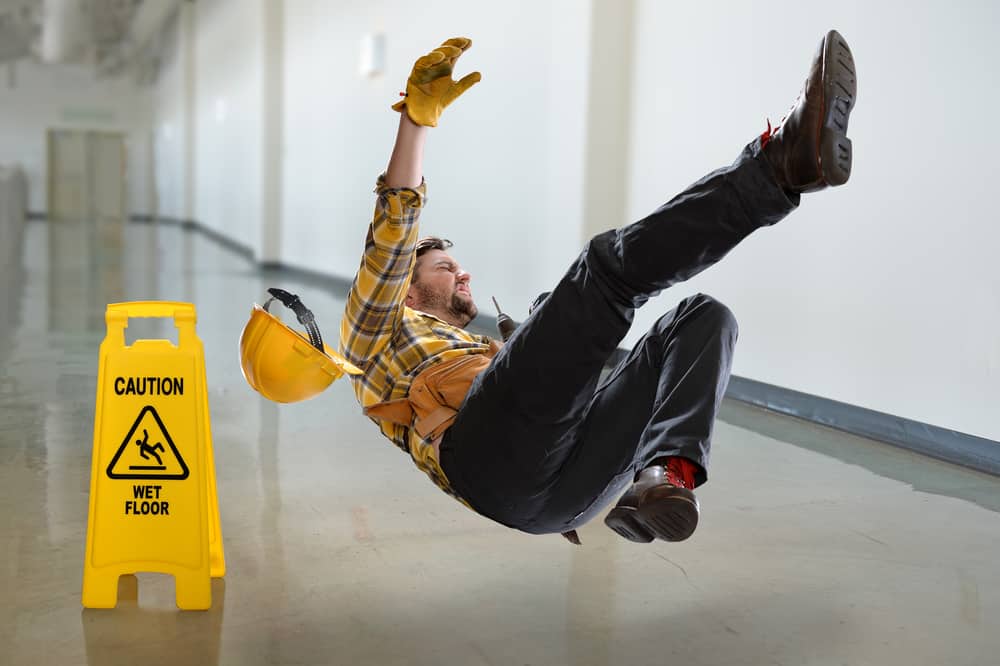
Common Slip & Fall Injuries
Here are examples of common slip and fall injuries and what types of symptoms you might experience.
Sprains
Sprains are a type of injury that affects the ligaments that connect two bones together. Common sprains suffered during a slip and fall are wrist or ankle sprains. It is a natural instinct to reach out and brace yourself when you fall. If you land too hard or the wrong way on your hand and wrist, you may sprain your wrist. You could also twist your ankle during a slip and fall, causing an ankle sprain. Sprains typically cause symptoms such as immediate pain, tenderness, and even swelling.
Strains
Strains affect muscles and tendons that connect other muscles to bones. A sudden slip and fall injury can cause your muscles and tendons to overstretch outside their normal range of motion, which leads to a strain. A muscle strain might feel like a sore, tender muscle that gets worse or aggravated by certain movements.
Broken Bone
A broken bone can occur due to a slip and fall accident. Whether you suffer a broken wrist while bracing your fall or land on your side and break your hip, broken bones can cause instant pain and affect your mobility. There are many types of broken bones, known as fractures. People tend to associate broken bones with requiring a cast, but you can also suffer smaller fractures called hairline fractures that do not need a cast but will still significantly impact you and cause pain.
Dislocation
A slip and fall can lead to a dislocated joint. Commonly dislocated joints from a slip and fall include a dislocated shoulder or dislocated hip. Falling a certain way and landing on one of these joints can cause the ball and socket joint to come out of place. If you suffer a dislocated joint, you will need to visit a doctor to have the dislocation reset properly.
Spine Damage
Landing on your back after a slip and fall accident can also cause damage to your spine. The sudden and intense jolt of pressure can negatively impact the spinal discs that separate your vertebrae, leading to an injury like a bulging or herniated disc. You could also suffer misalignments in the spine that affect your brain’s ability to communicate effectively with the rest of your body.
Traumatic Brain Injury
If you hit your head during a slip and fall, it is possible to sustain a concussion. The most common traumatic brain injury is a concussion and can be caused by a blow to the head. You may experience dizziness, headaches, nausea, vomiting, and disorientation from a concussion. Any type of head injury should be assessed by a doctor as soon as possible.
Treatment and Timeline for a Slip and Fall Injury
The timeline for your treatment for a slip and fall injury will depend on your specific symptoms and underlying causes. When you visit a doctor after a slip and fall, you will want to talk to them about how long you have to go to the doctor for the slip and fall injury to heal. If you are filing a personal injury claim, then you want to make sure to follow every detail of your treatment plan. It can take weeks or months to fully recover from common slip and fall injuries, so you want to work with a team of doctors who you trust through your healing process.
A personal injury chiropractor can help you! Visit AICA Orthopedics near you to learn more about treatment options for slip and fall injuries.
